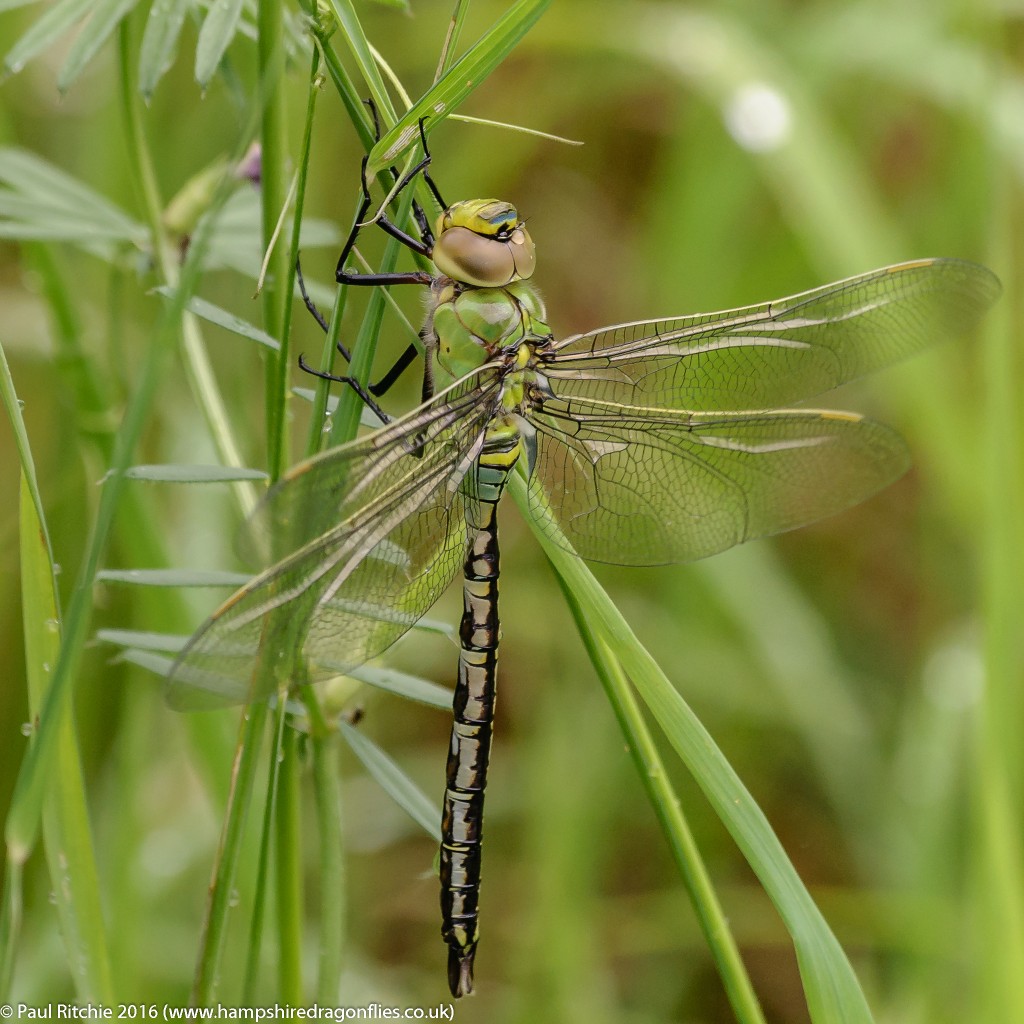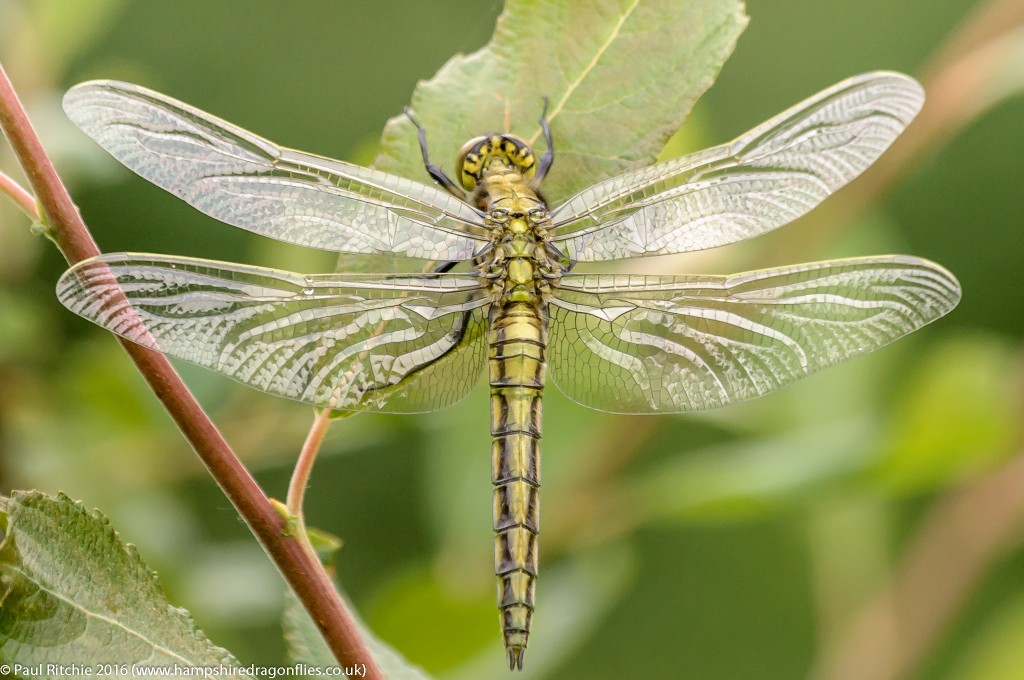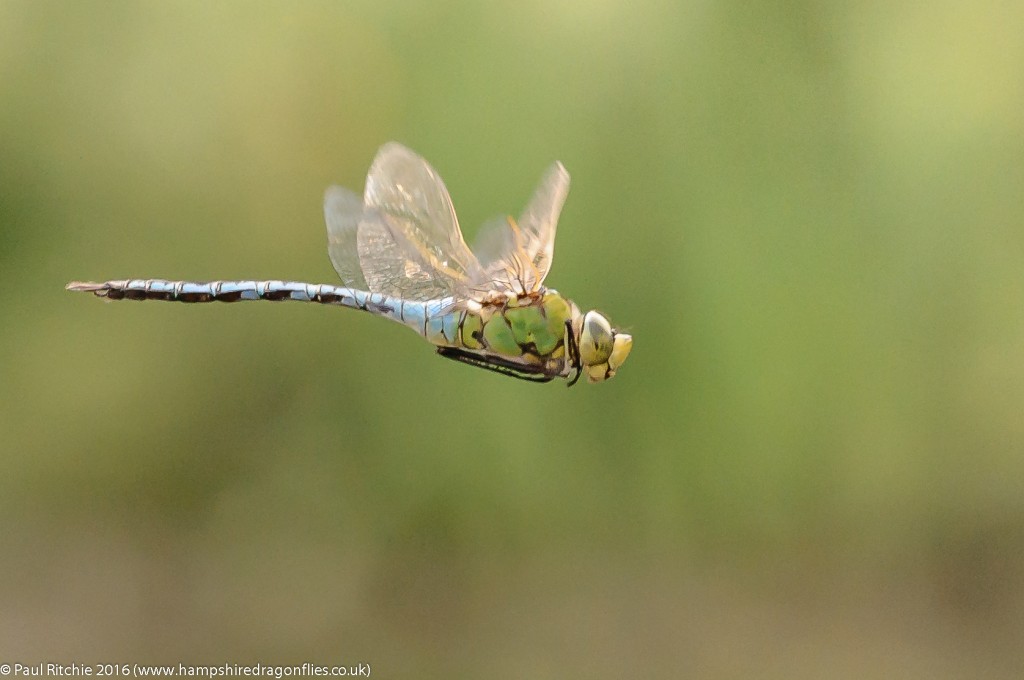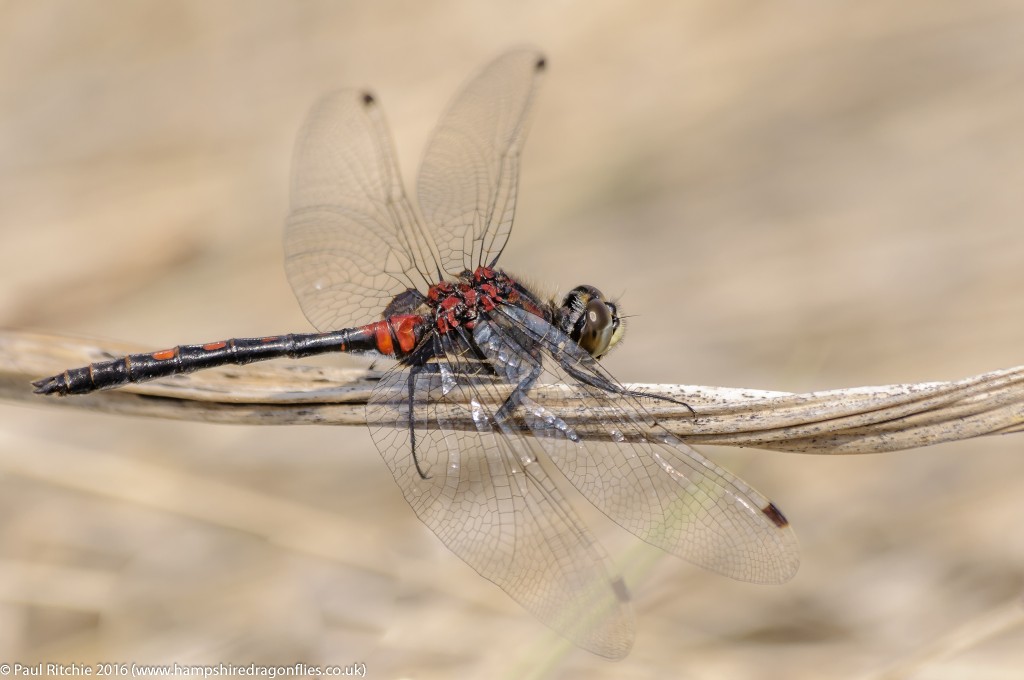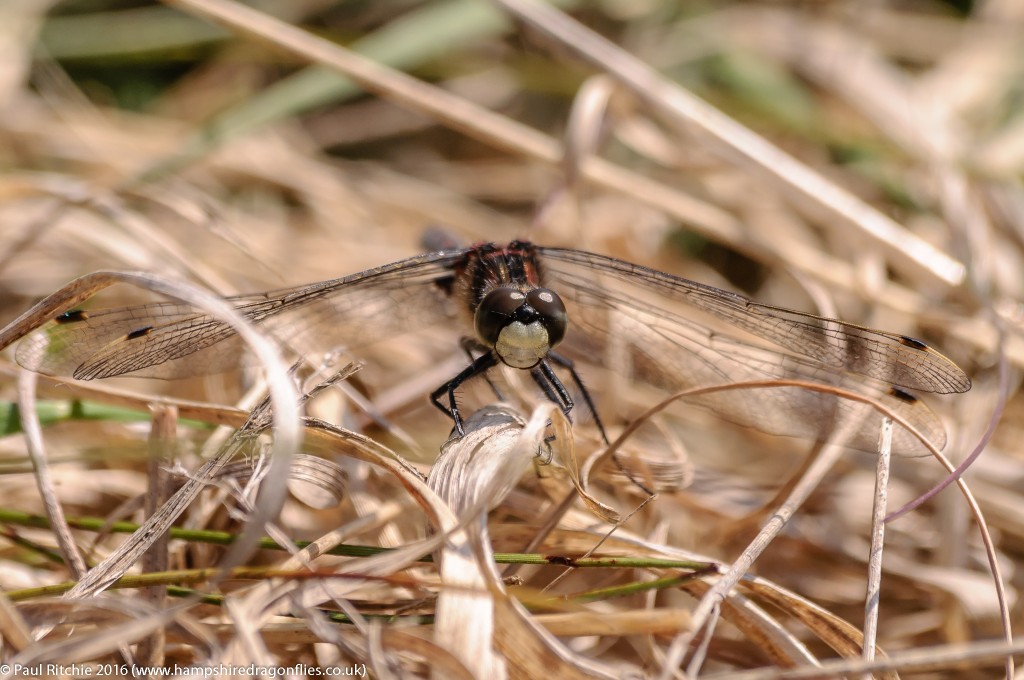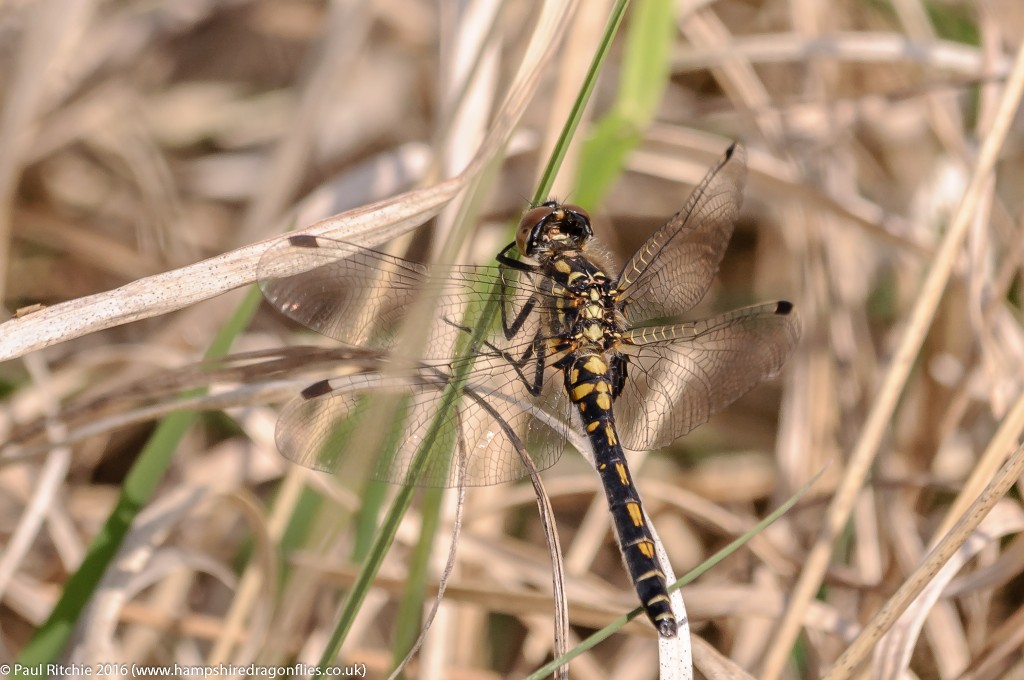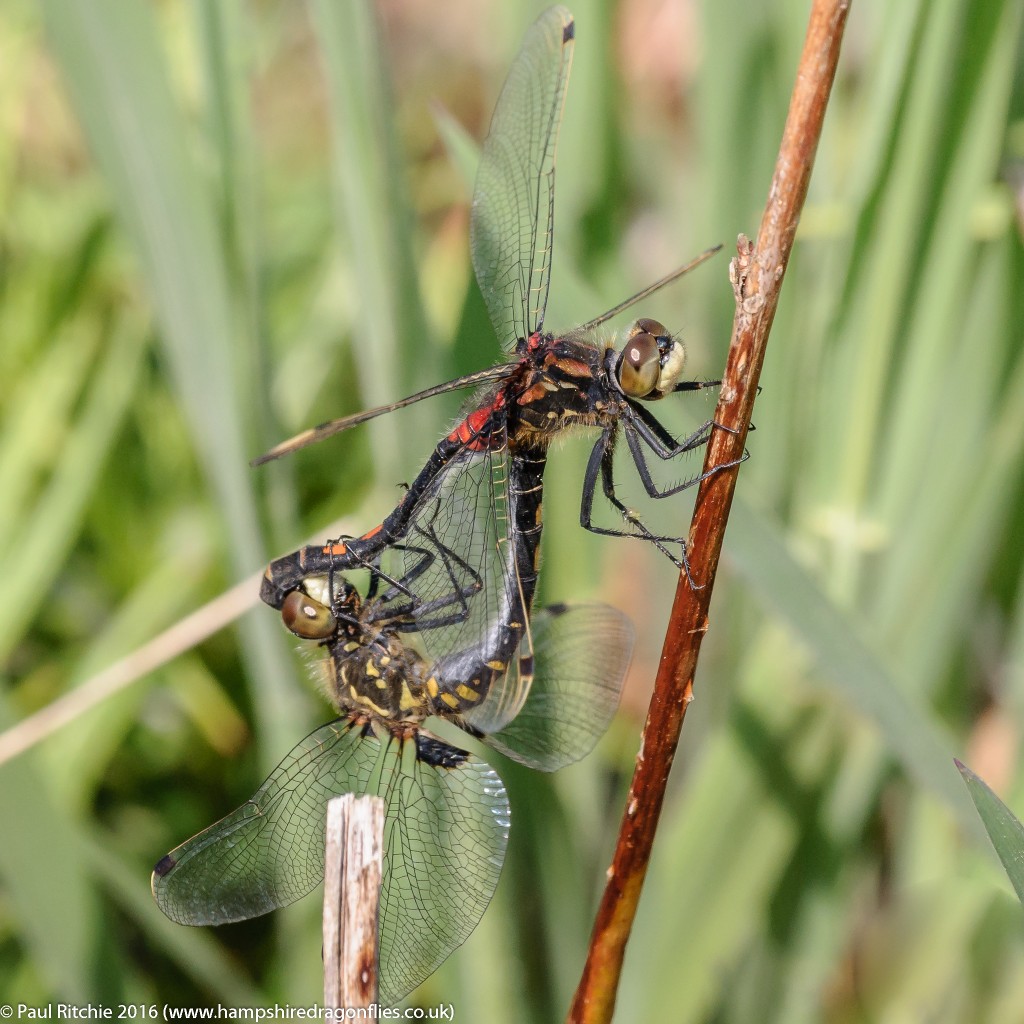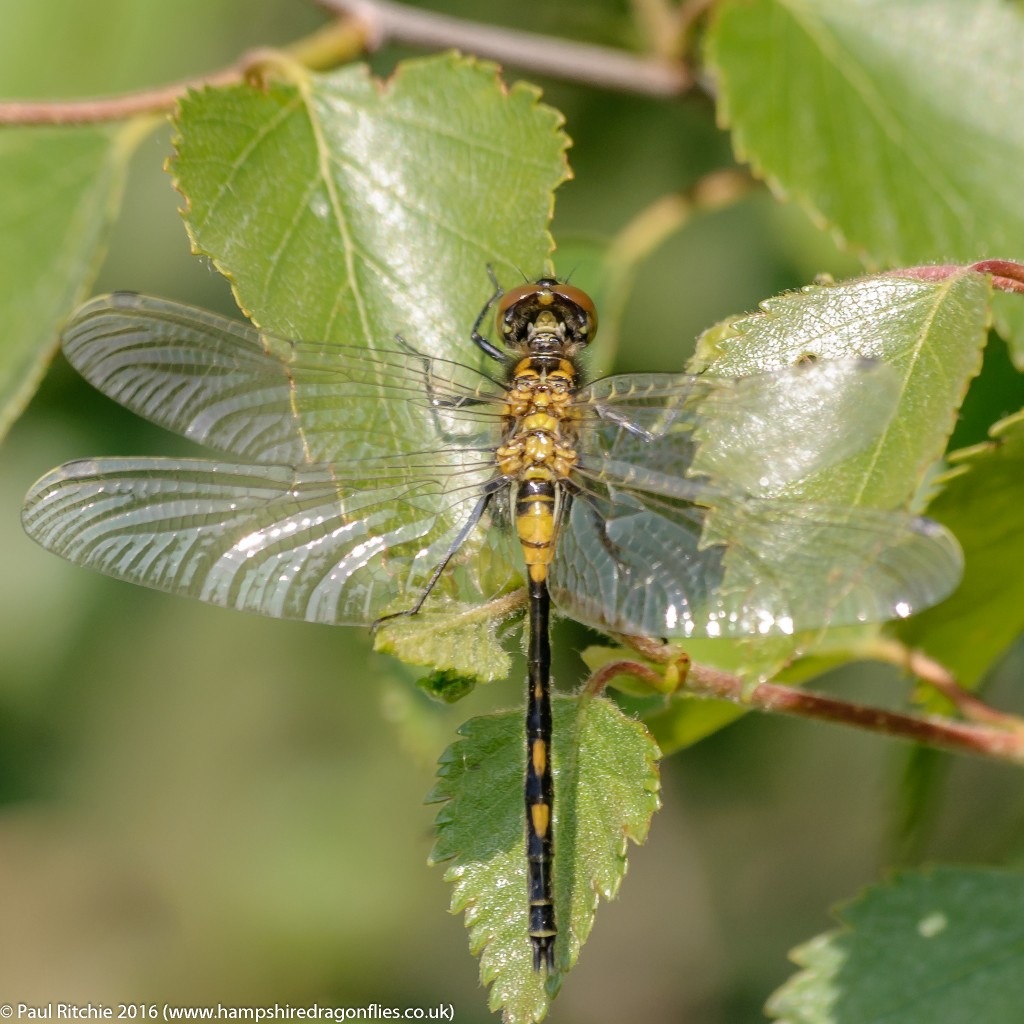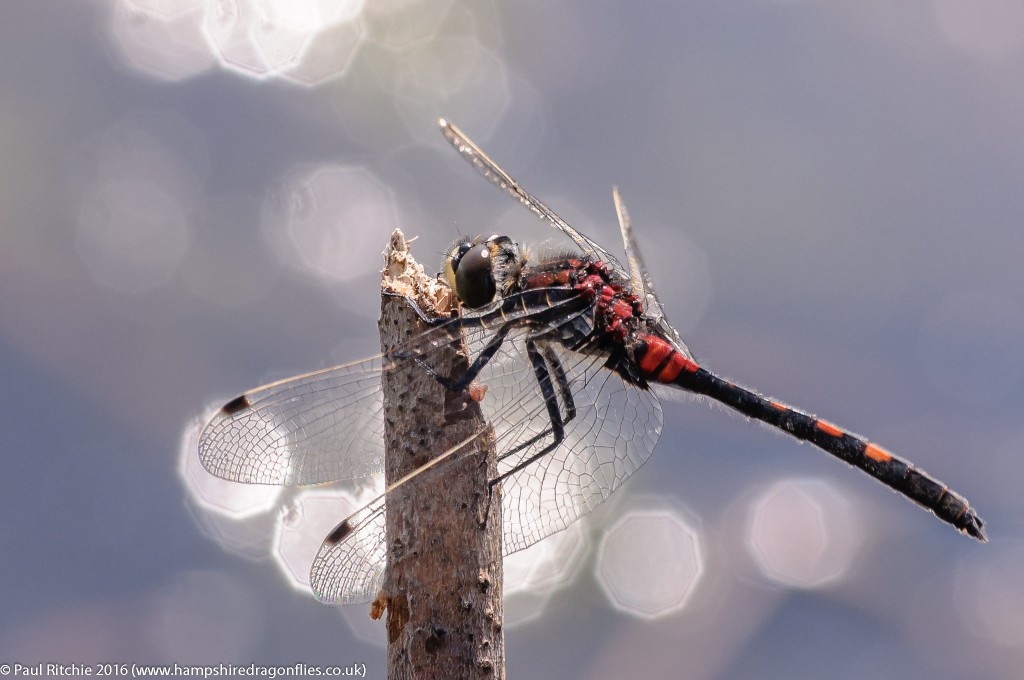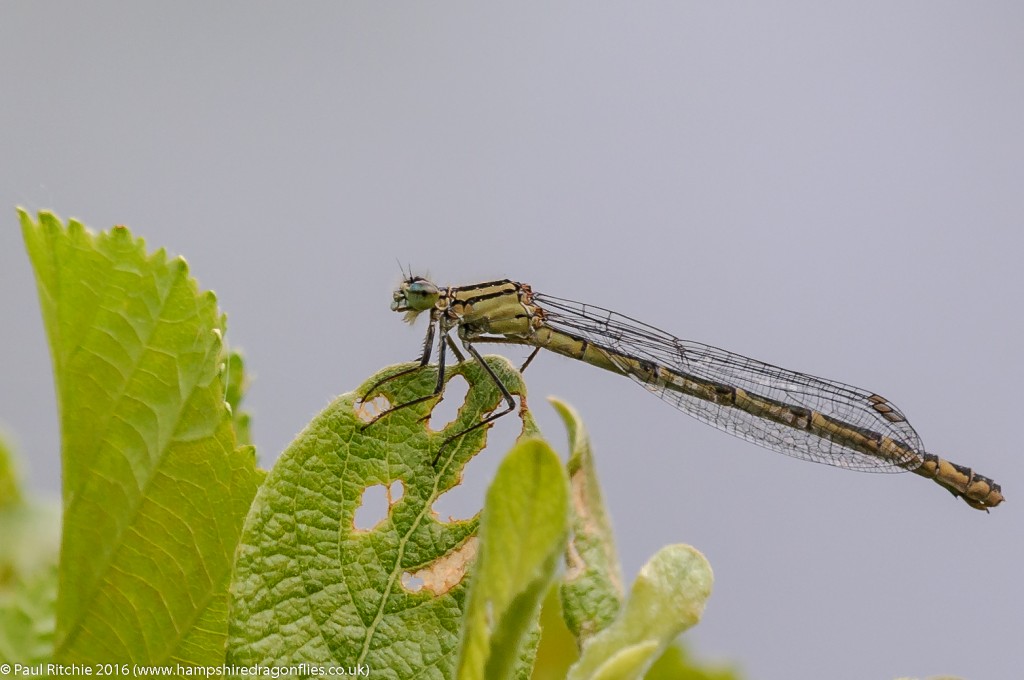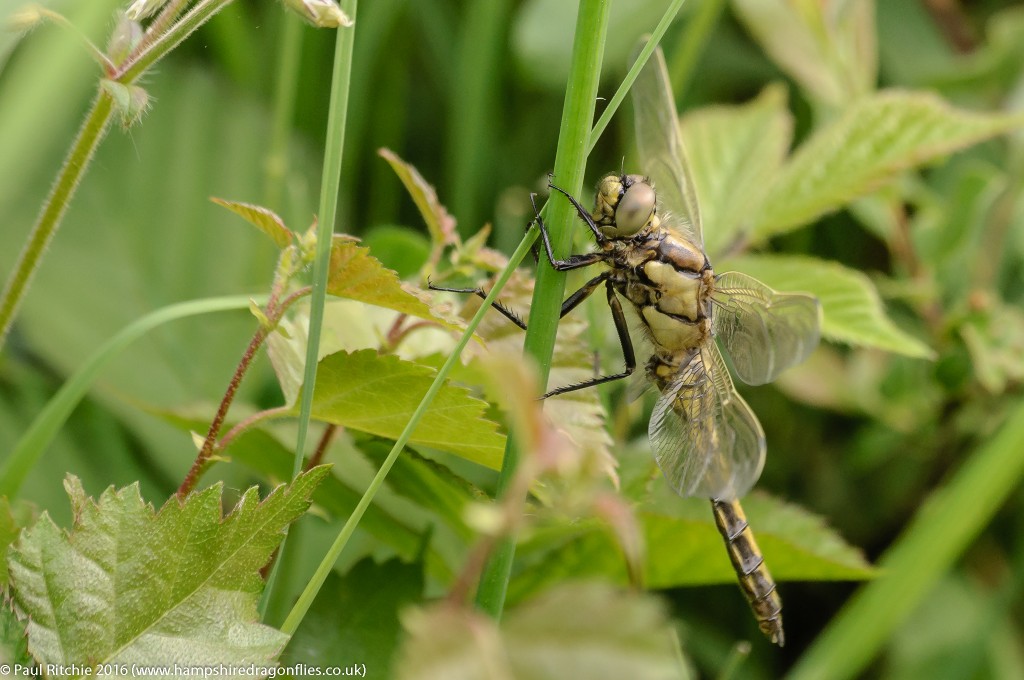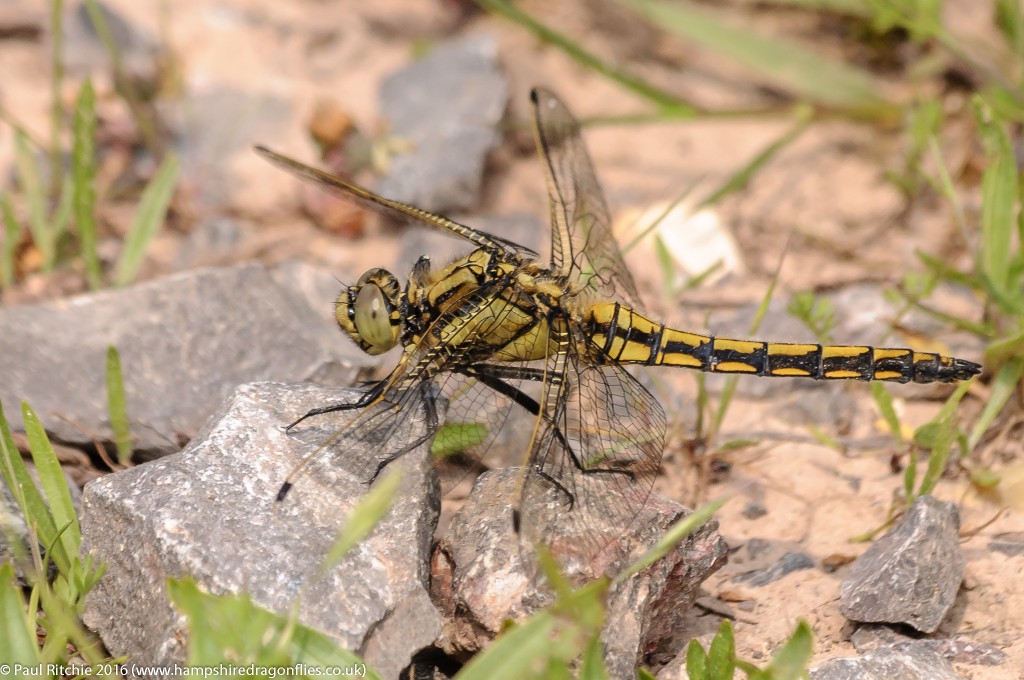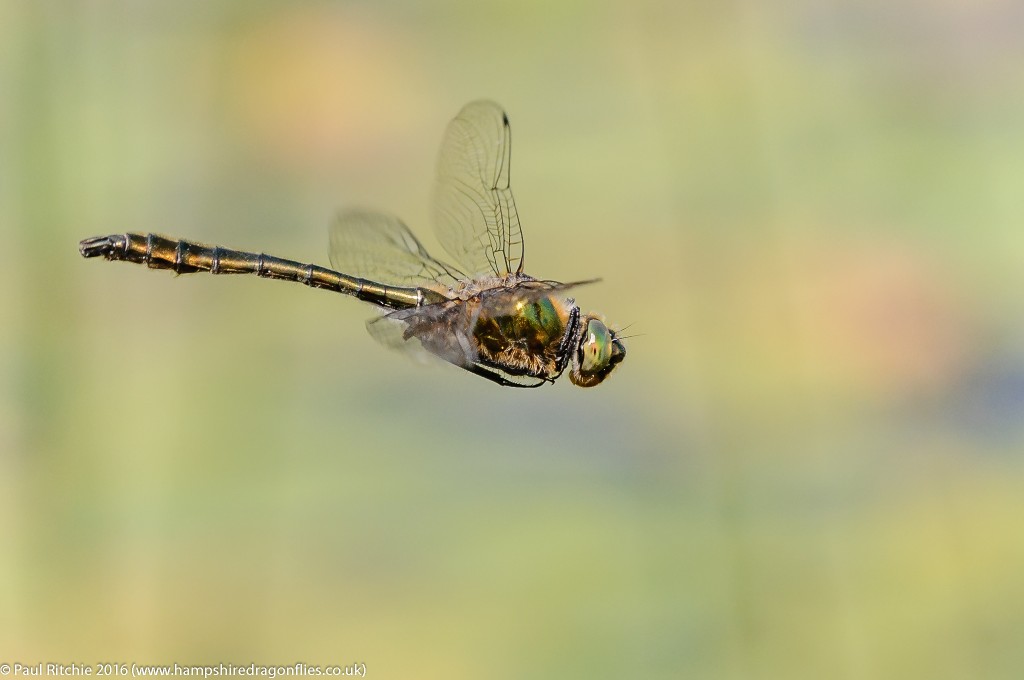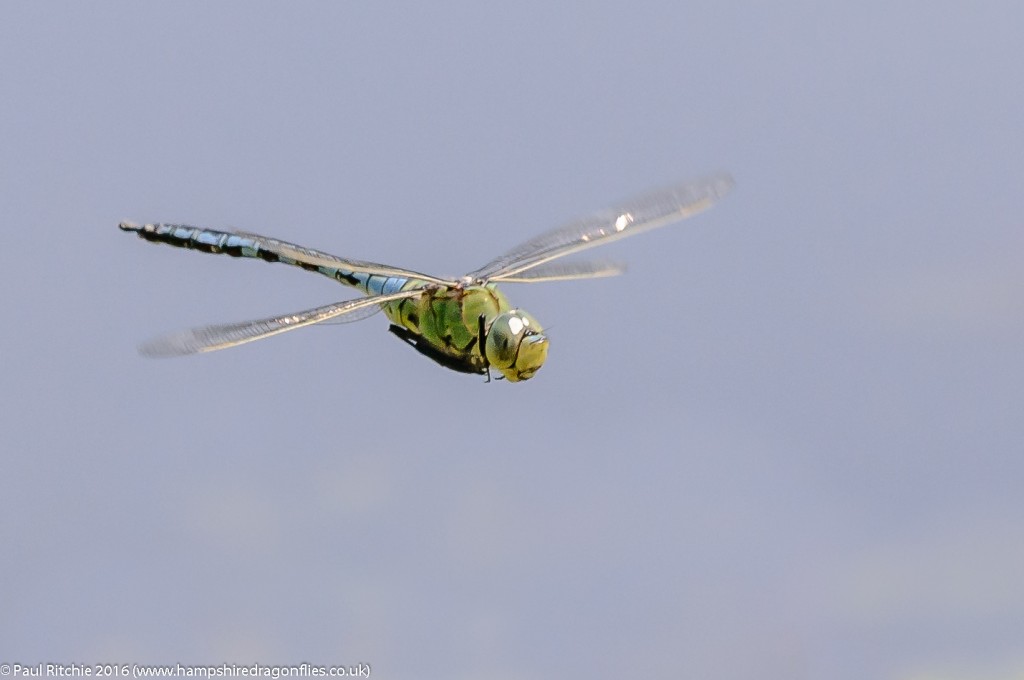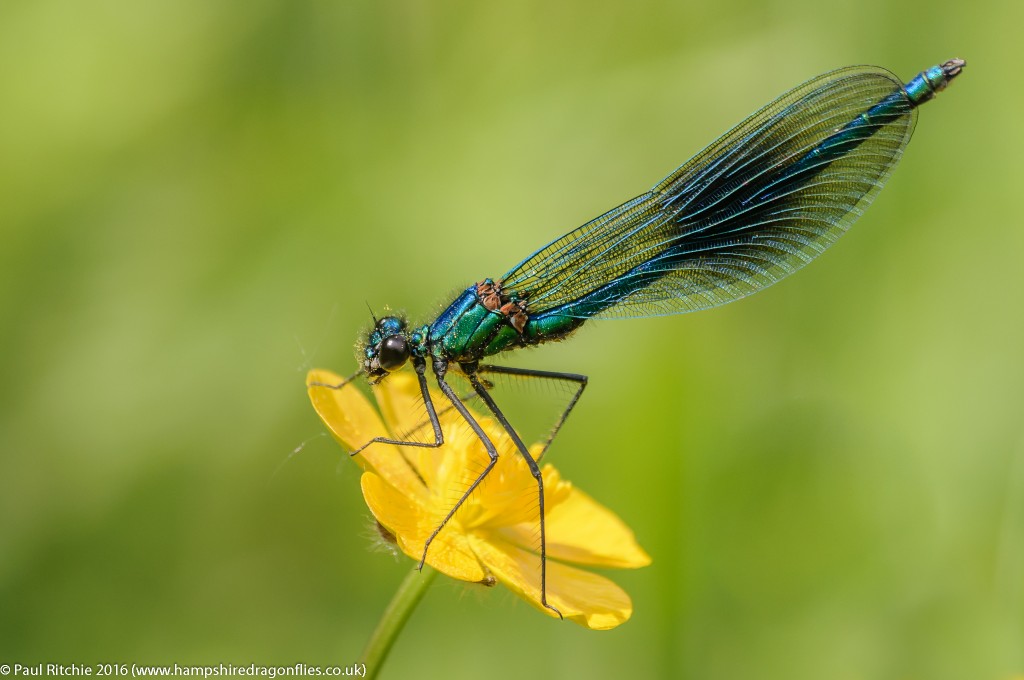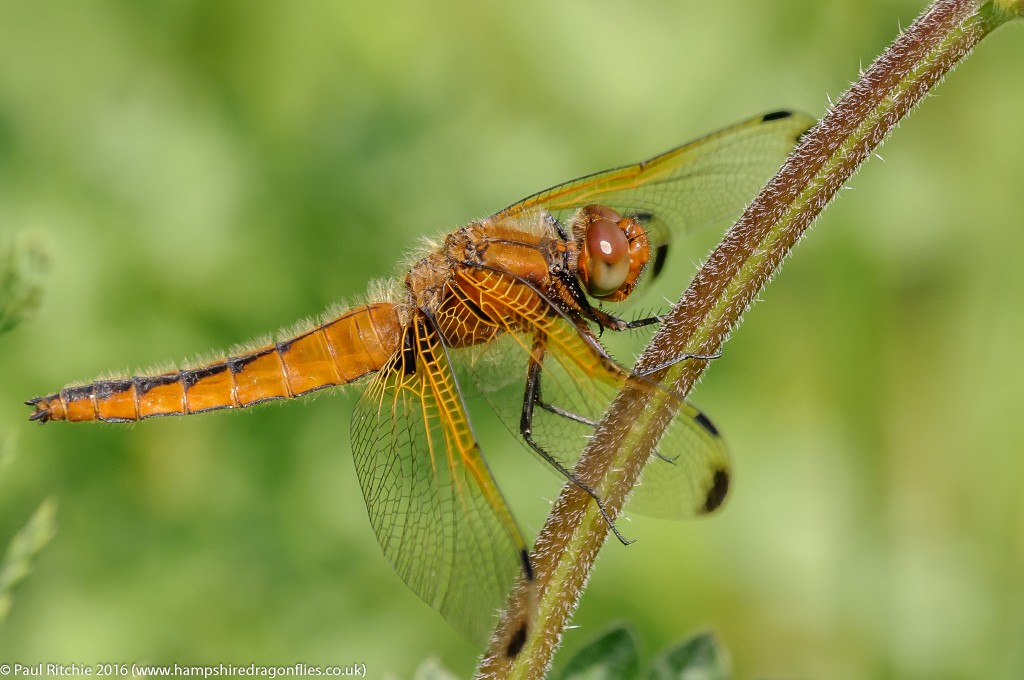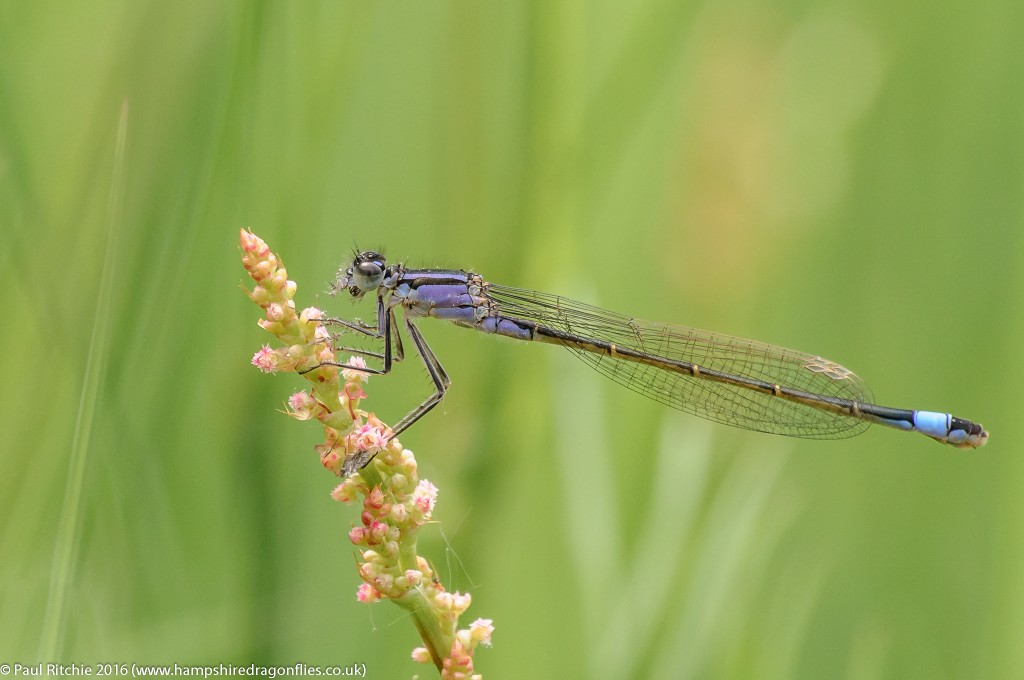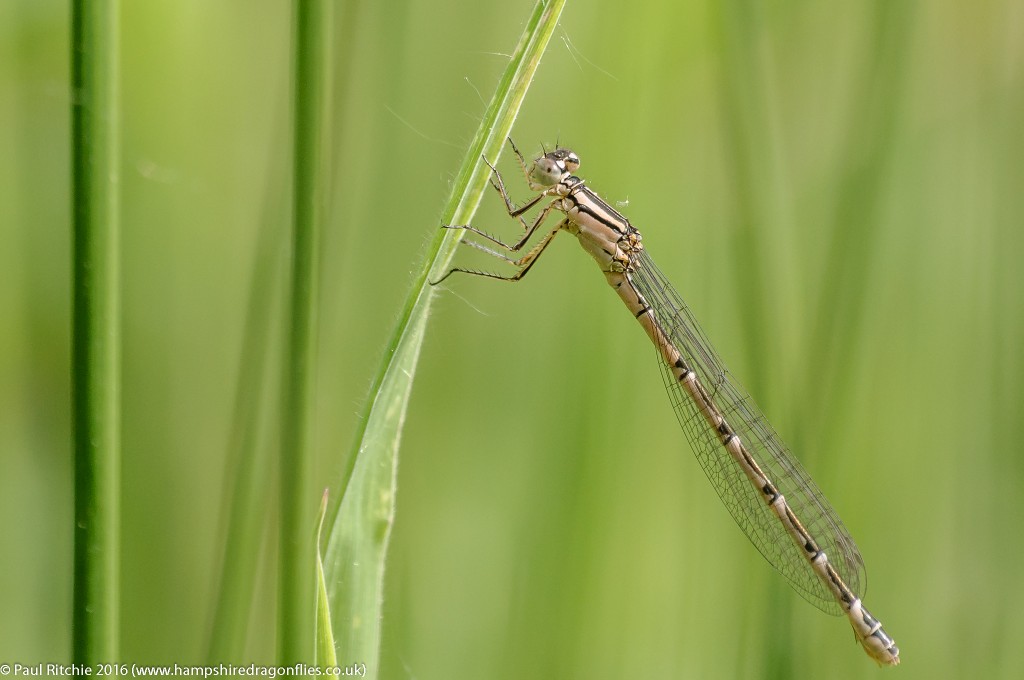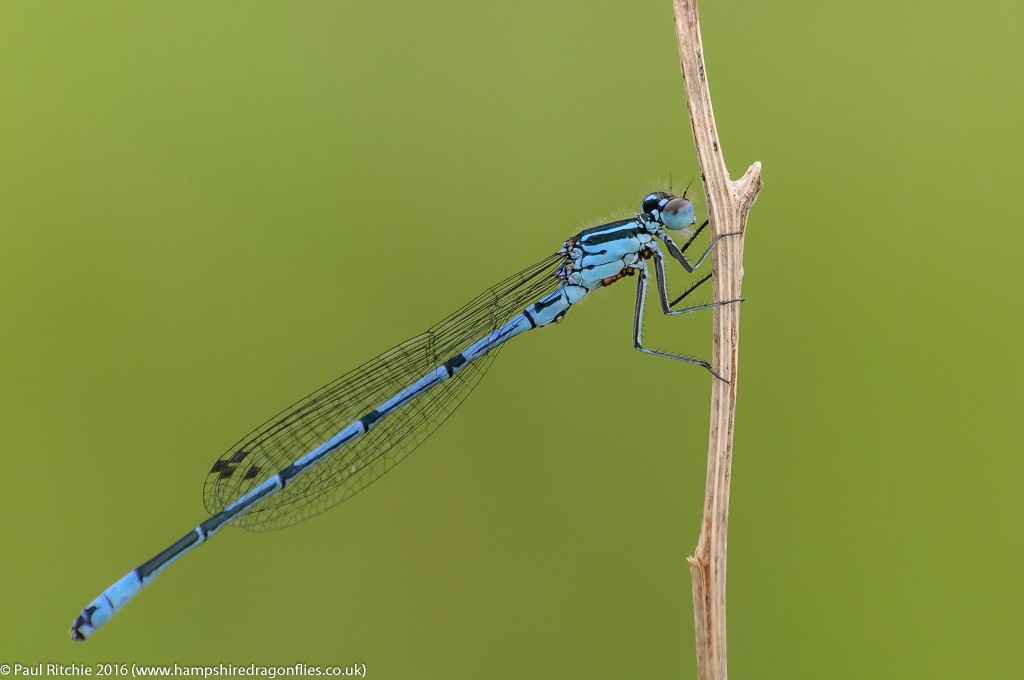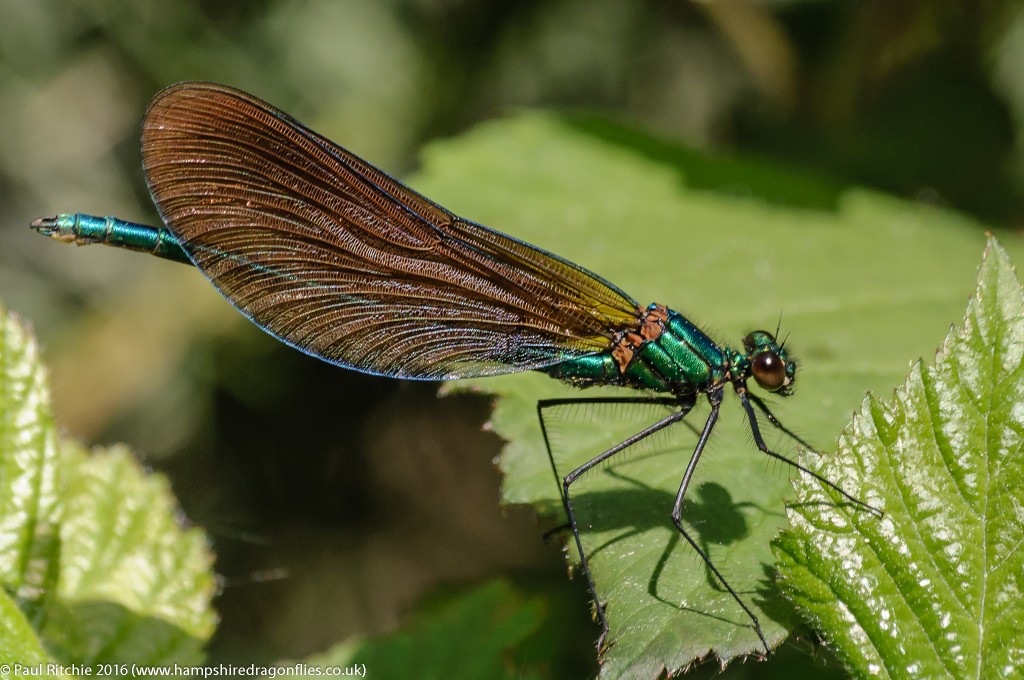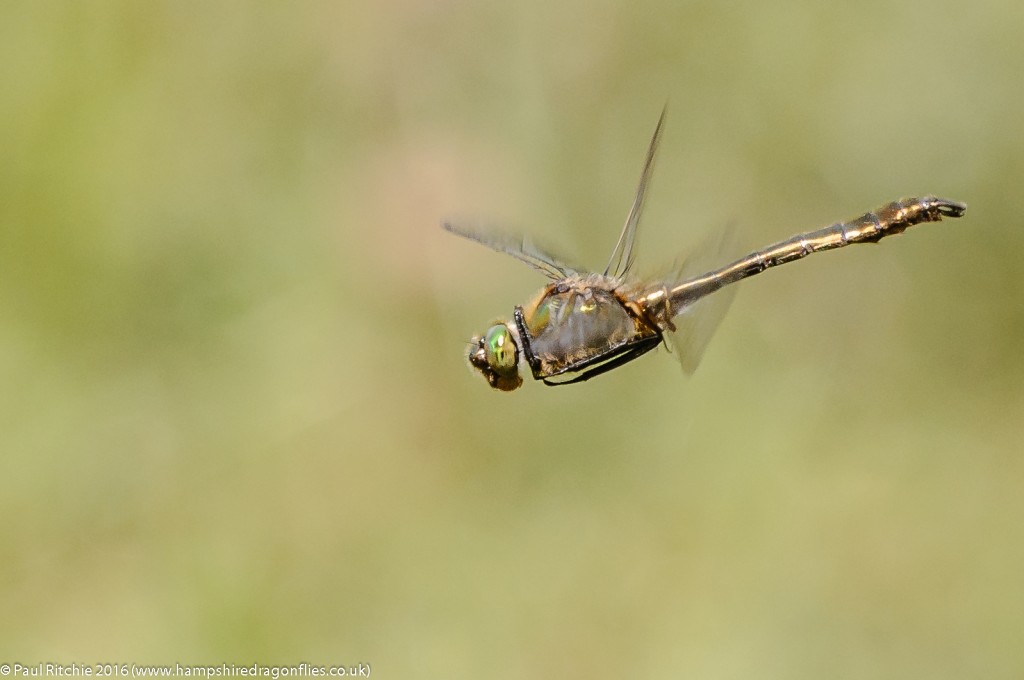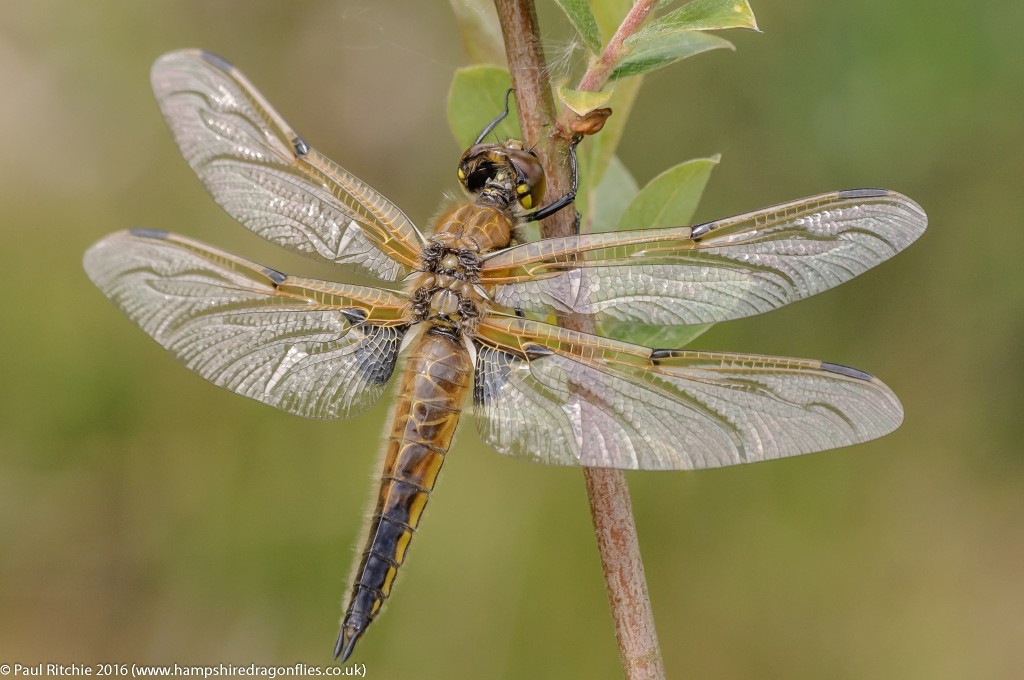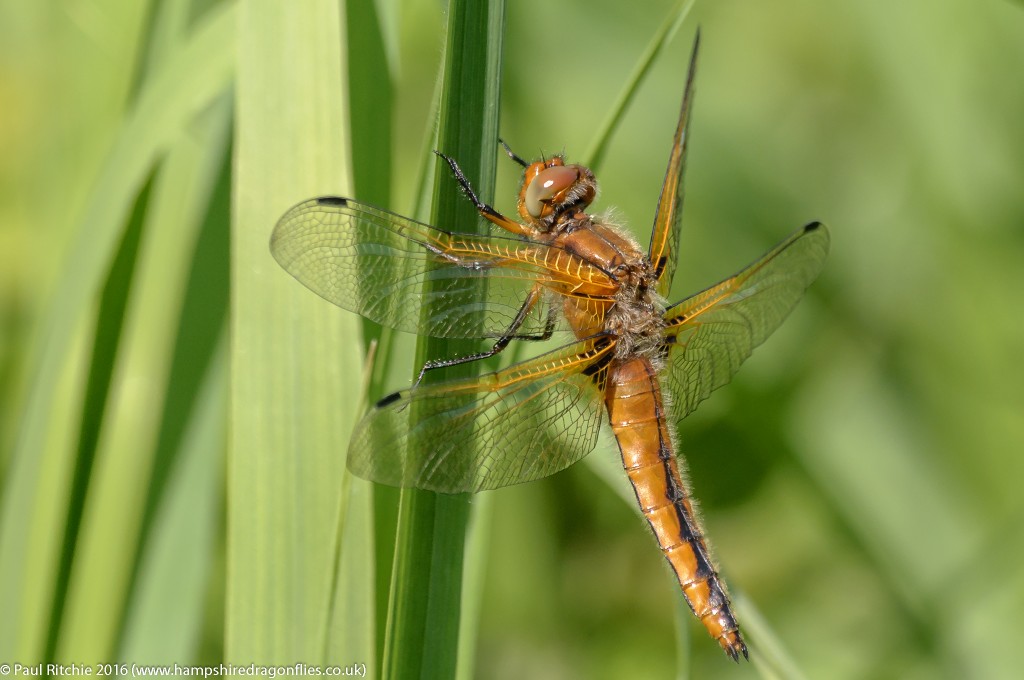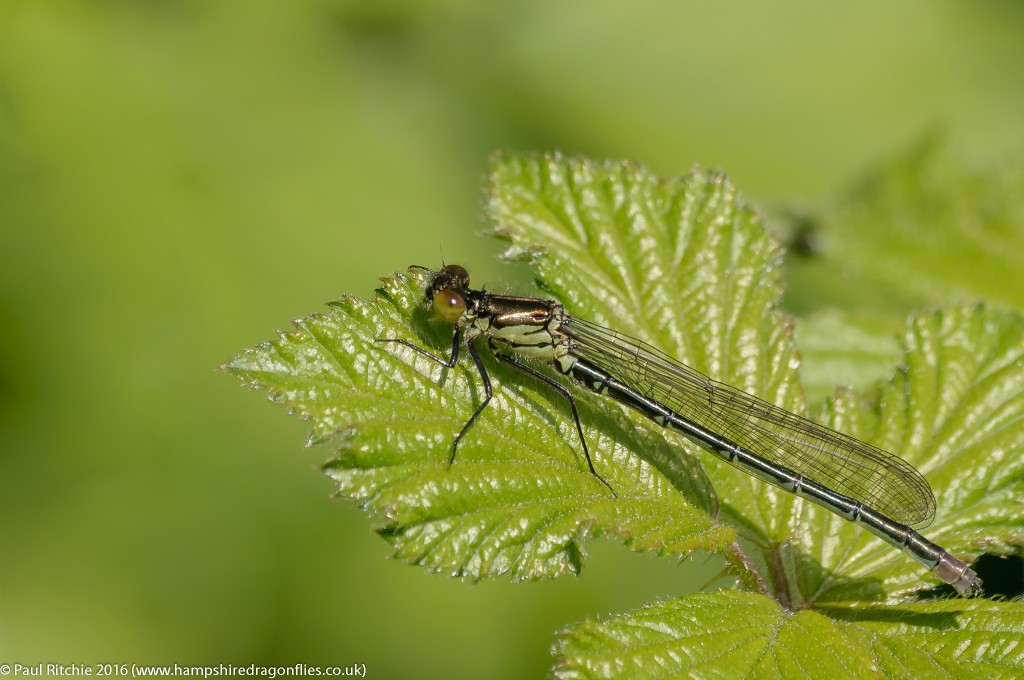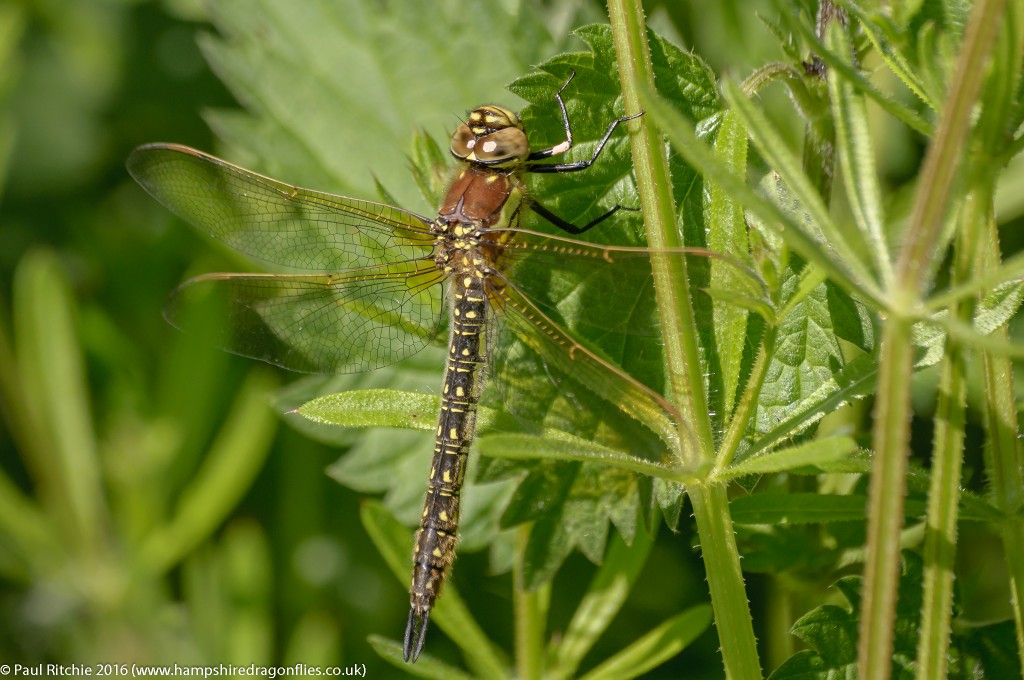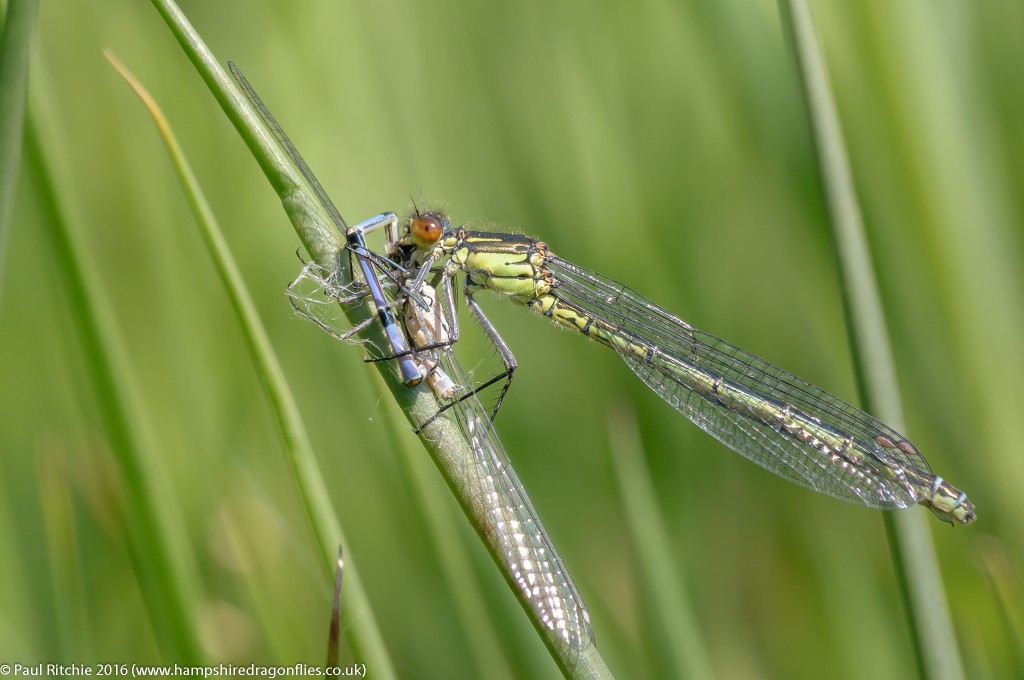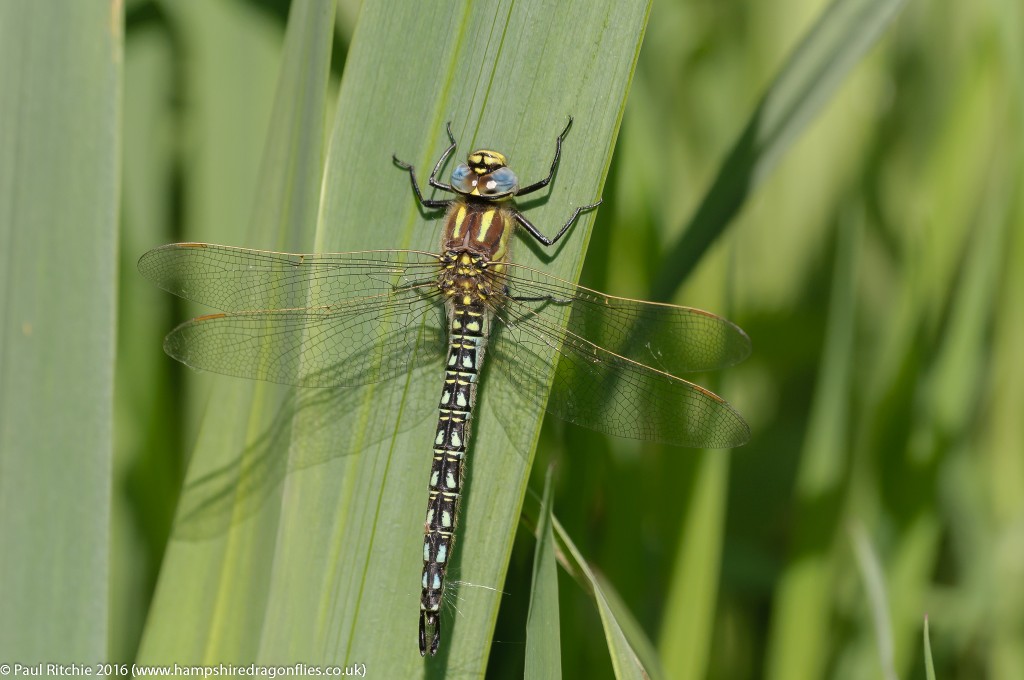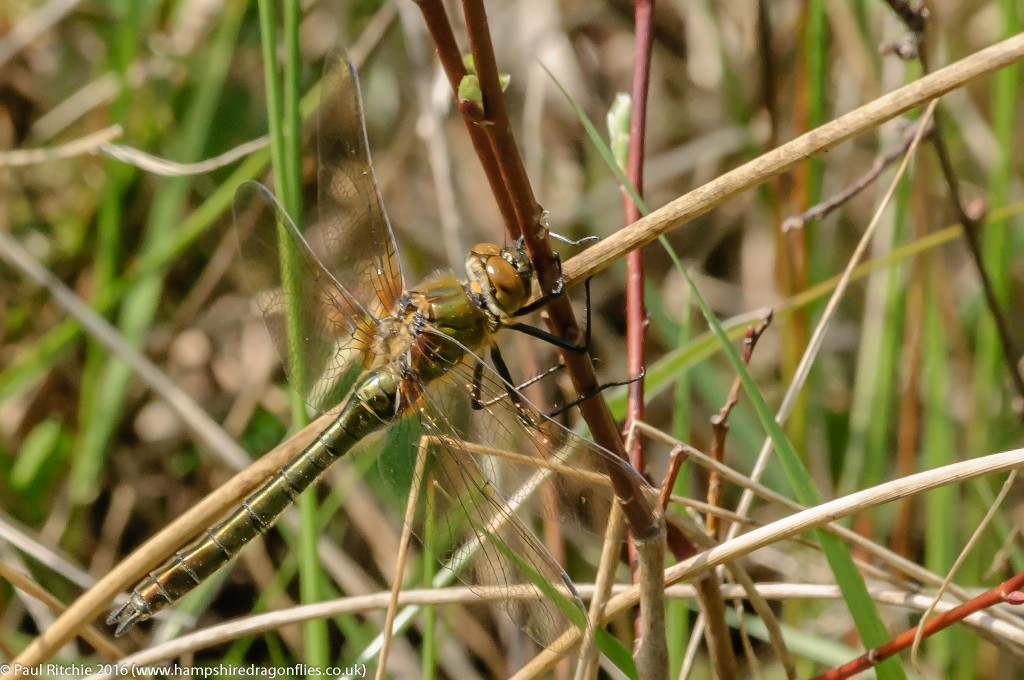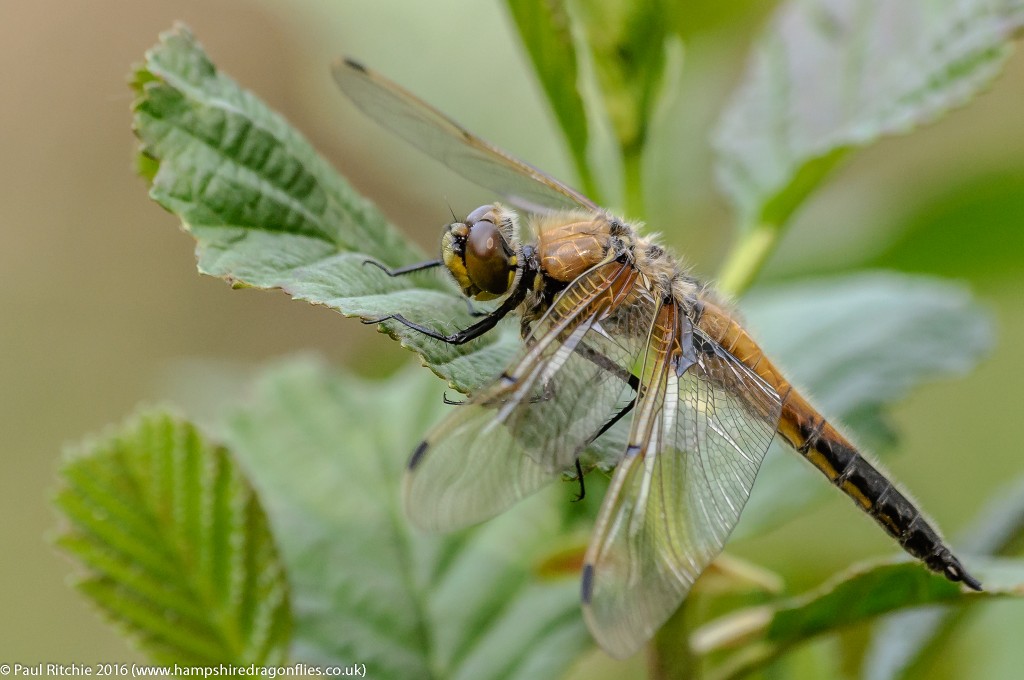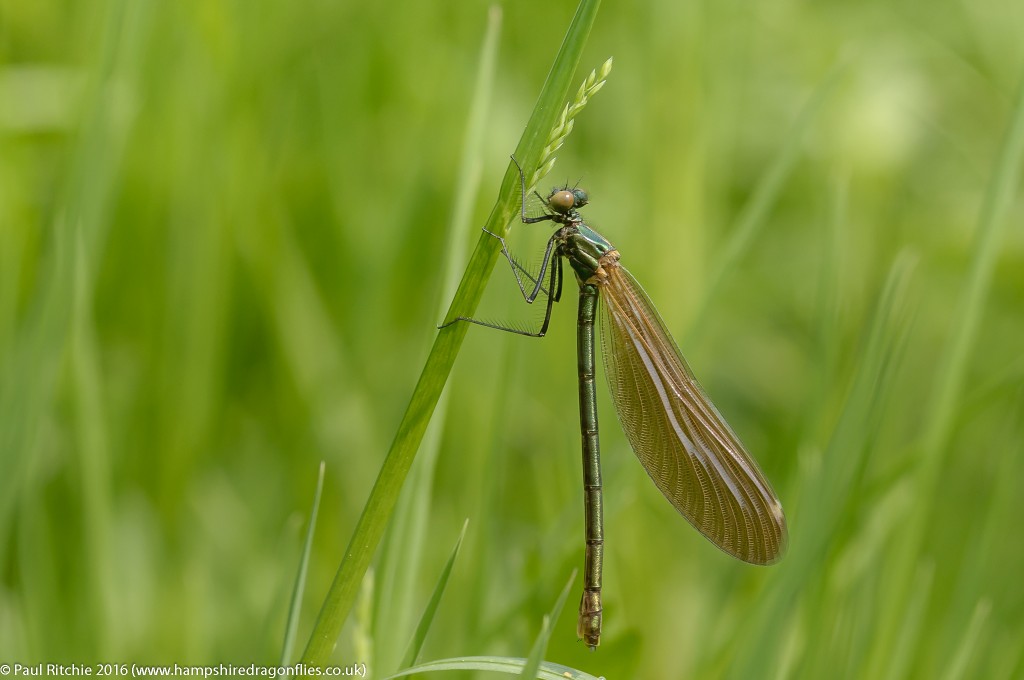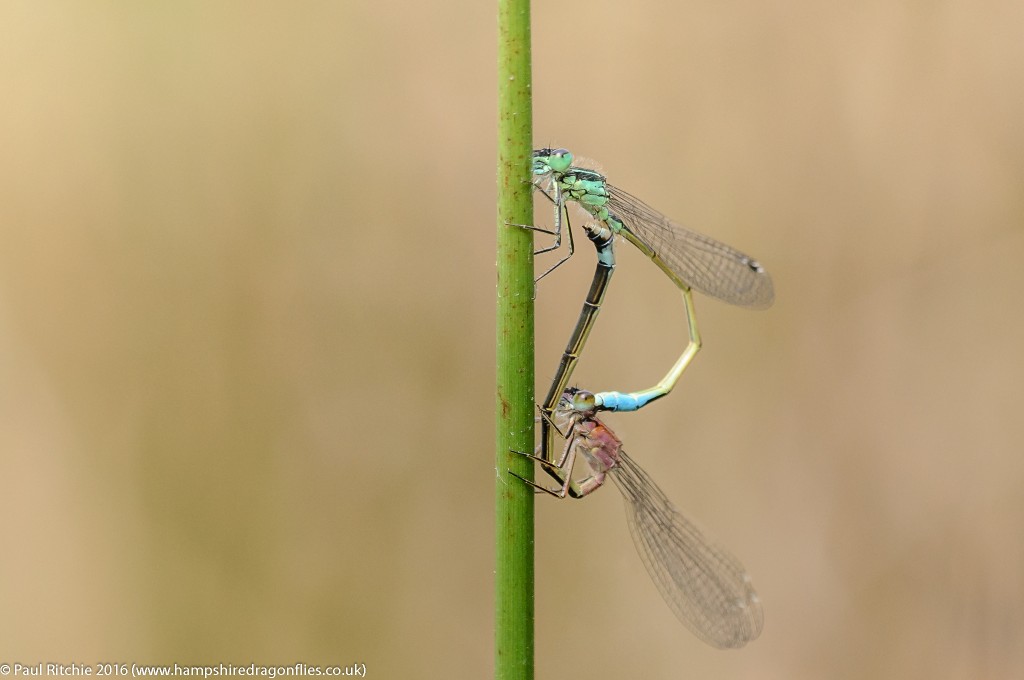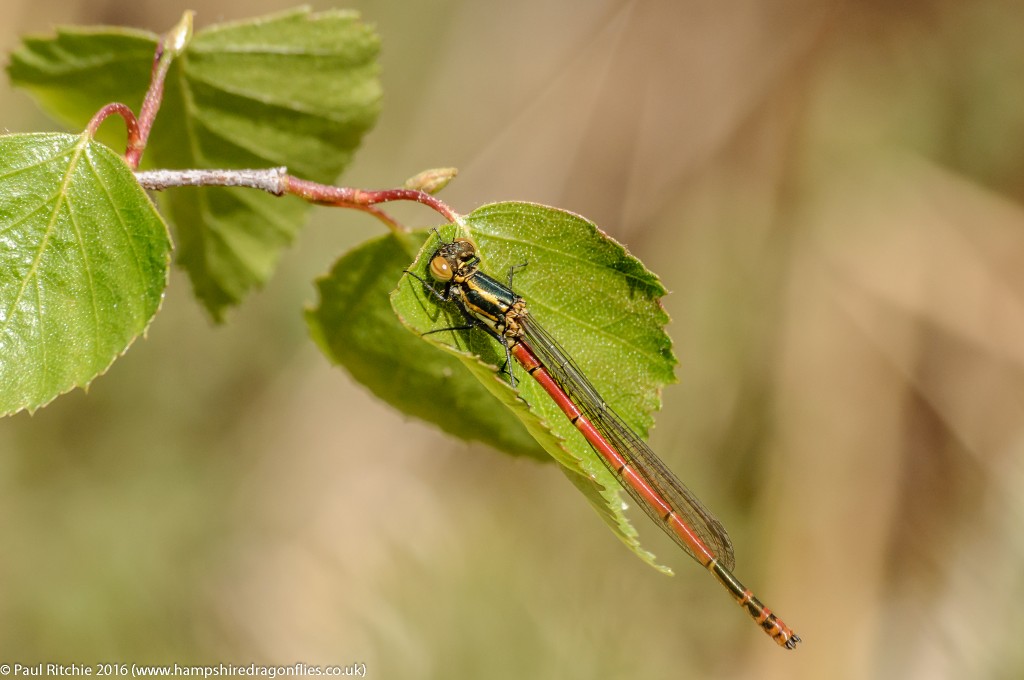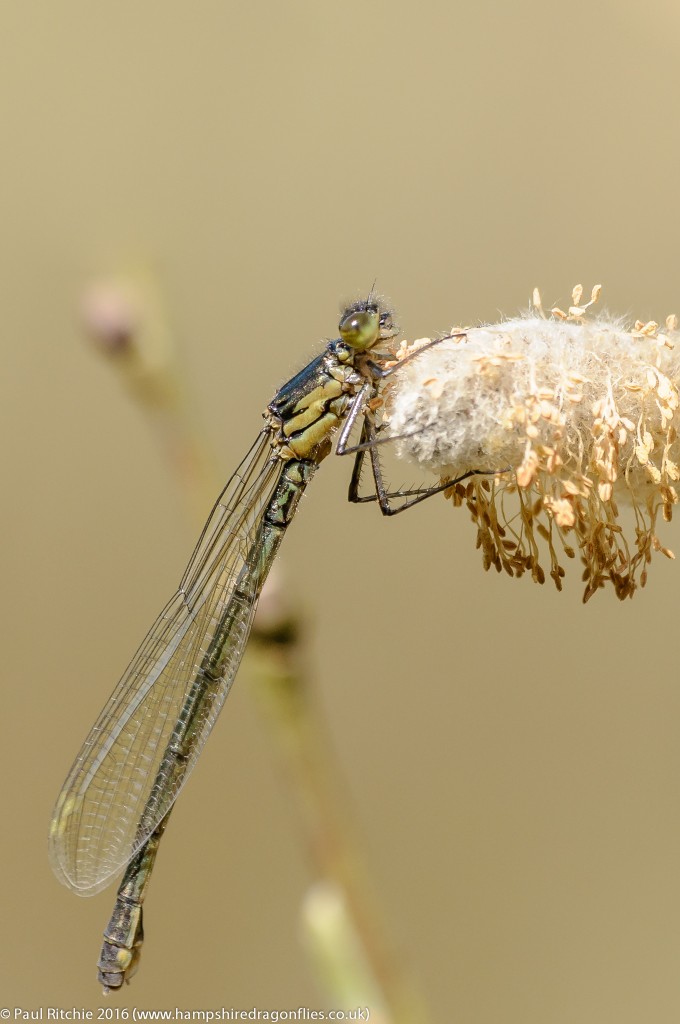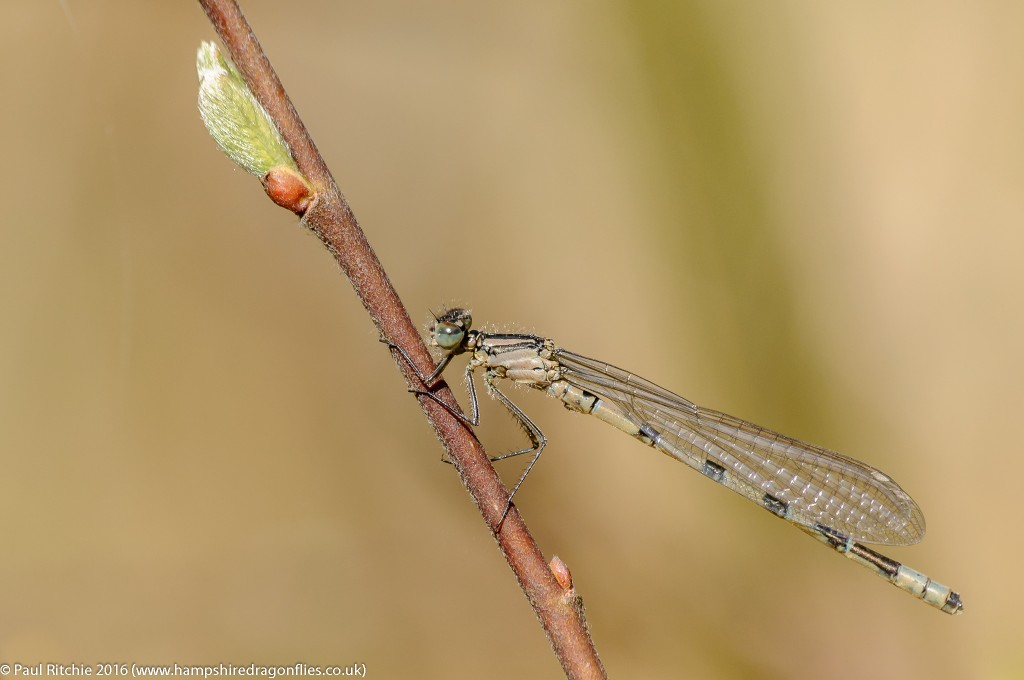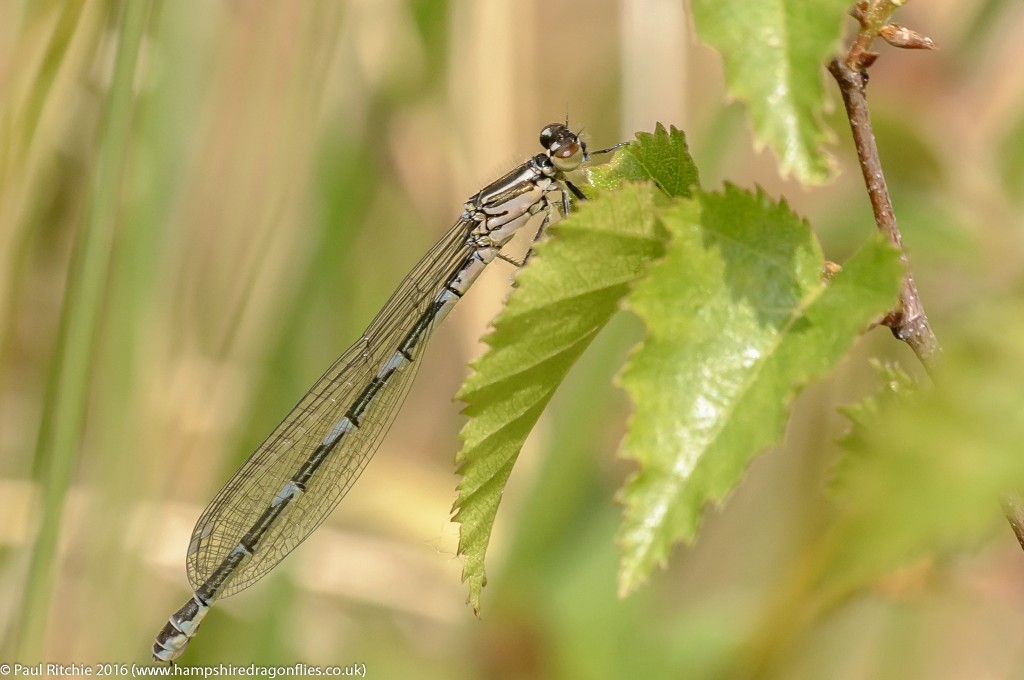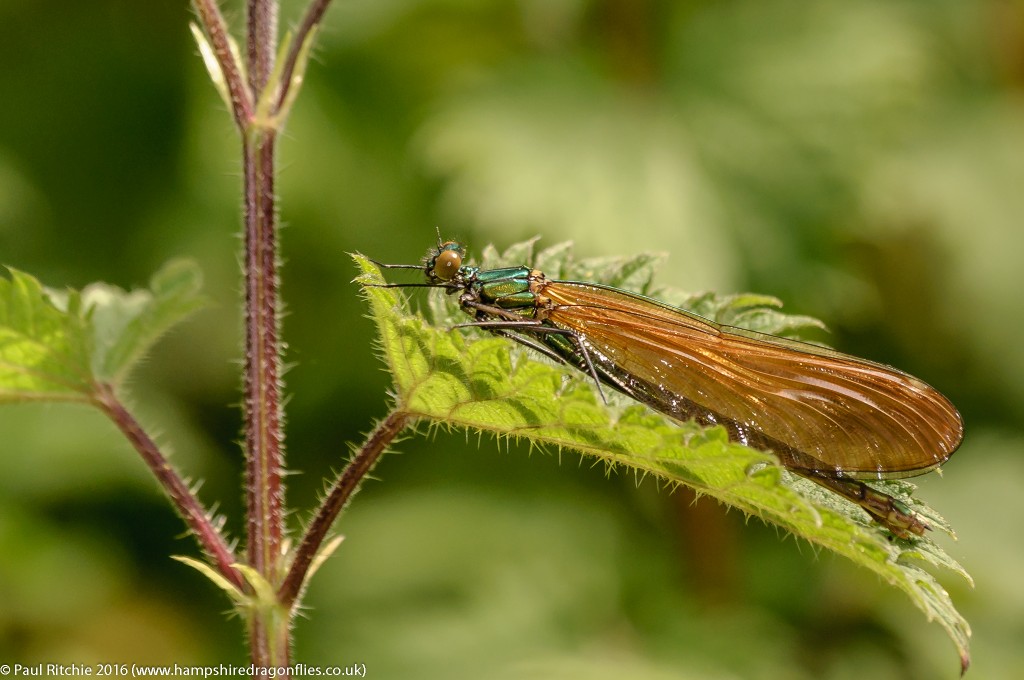Continuing the need for solitude a visit to the New Forest was long overdue, so on Thursday I took a stroll along Ober Water to add a few species to the season’s count. I was hoping for Small Red, Southern and White-legged damselflies, some Keeled Skimmer and if lucky a Common Darter or two. At Puttles Bridge the first of these was in the bag with a good selection of Small Red among the Bog Myrtle.
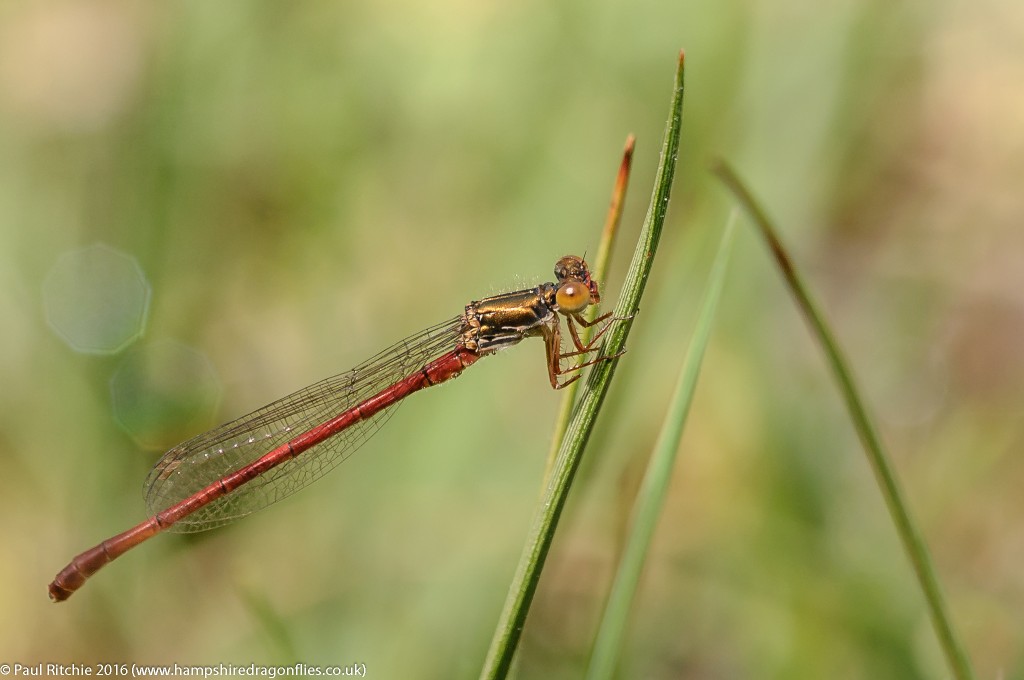
Shortly afterwards the first of the Keeled Skimmers made an appearance.
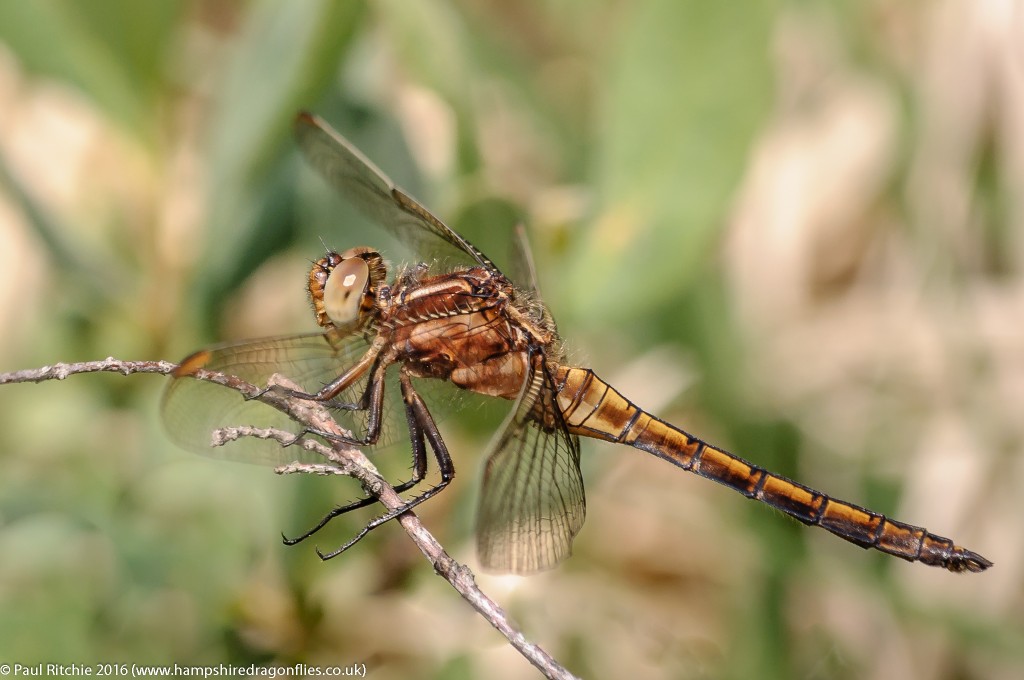
Every season I forget where the first stream crossing is, so I spent a few unnecessary moments tangled deep in the undergrowth or navigating bog. I found it in the end though, and made a mental note to take the easier option next time.
Across the stream the open clearing had a Broad-bodied Chaser joining the Beautiful Demoiselles, but no sign of any patrolling Golden-ringed. Likewise at the next crossing, but at least the first White-legged and Southern damselflies made an appearance.
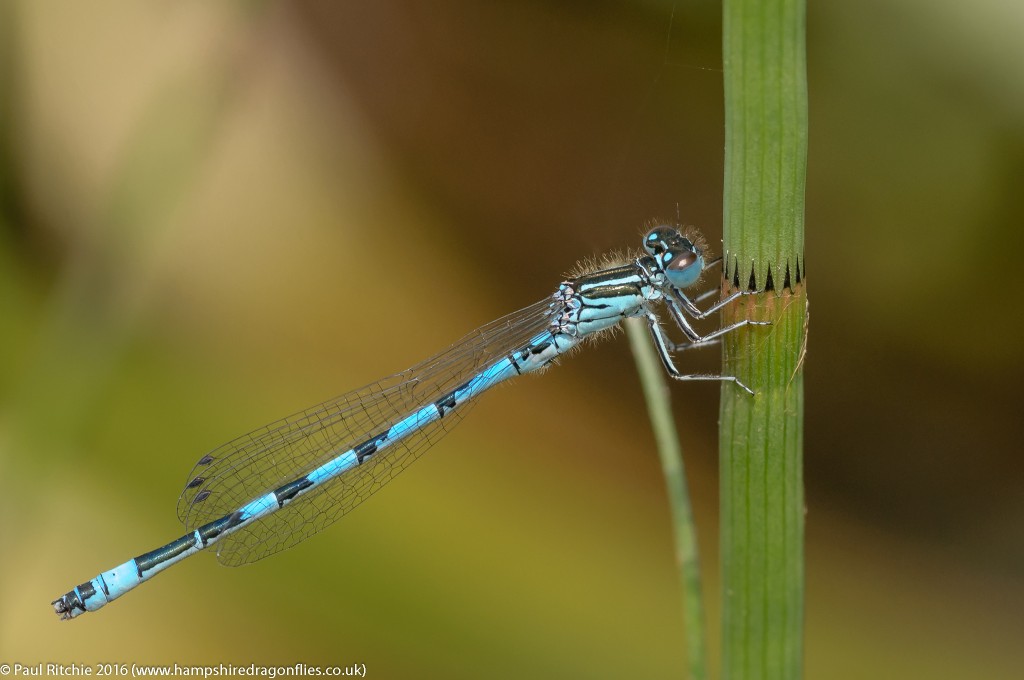
It is still a little too early for Ober Water to reveal its magical charms with activity over water very sparse and punctuated. The usual hot spots contained no more than a couple of each damsel species; mostly males determining territories.
Likewise the heath didn’t produce the spectacle of hundreds of teneral Keeled Skimmers and the grasses were host to only a few immature damsels, mostly females avoiding too early attentions from the males.
As such photo opportunities were limited and I completely failed to get a worthwhile shot of any of the White-legged, but there’s plenty of time. Likewise the Common Darter, of which three teneral individuals were disturbed while walking he paths across the heath.
I was more than happy with adding five to the species count and a walk along my favourite New Forest stream. I do have a few commitments and requirements throughout the remainder of June given the next spell of good weather, but I’m looking forward to coming back to Ober in full bloom.


